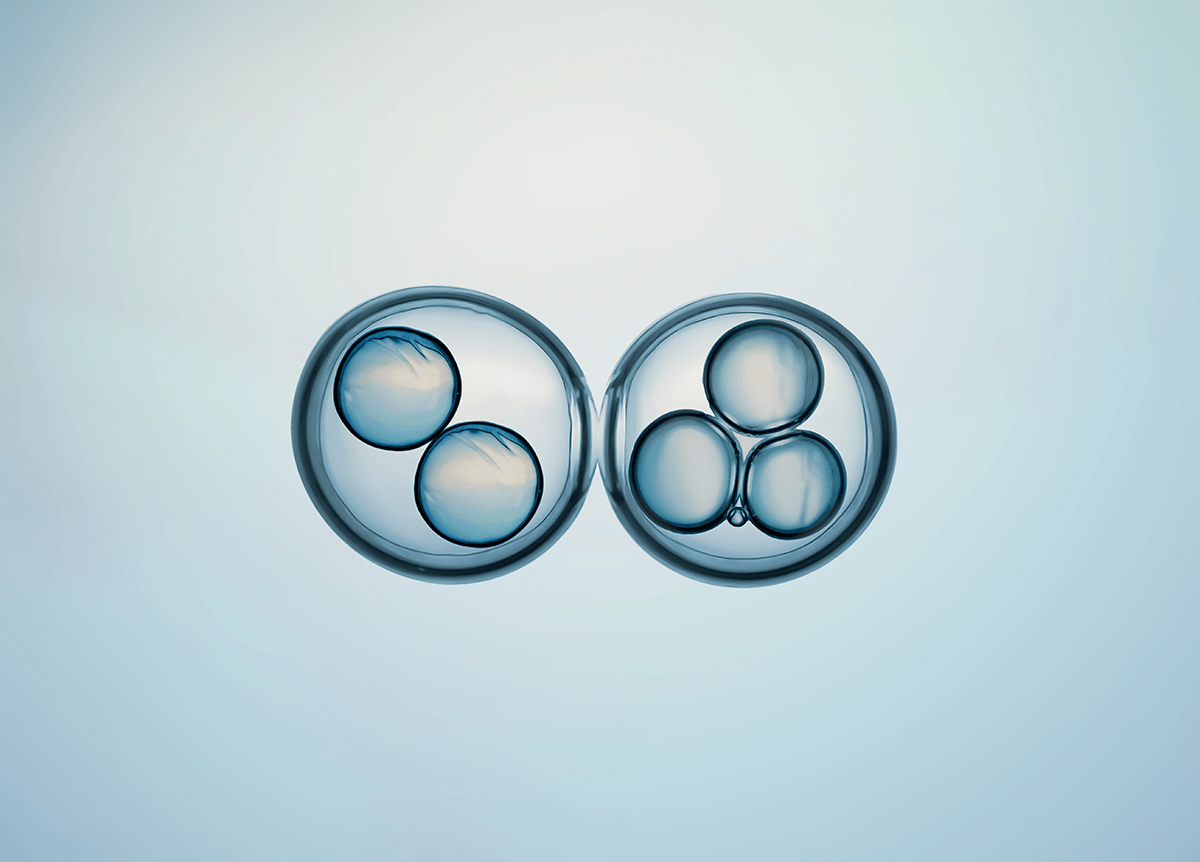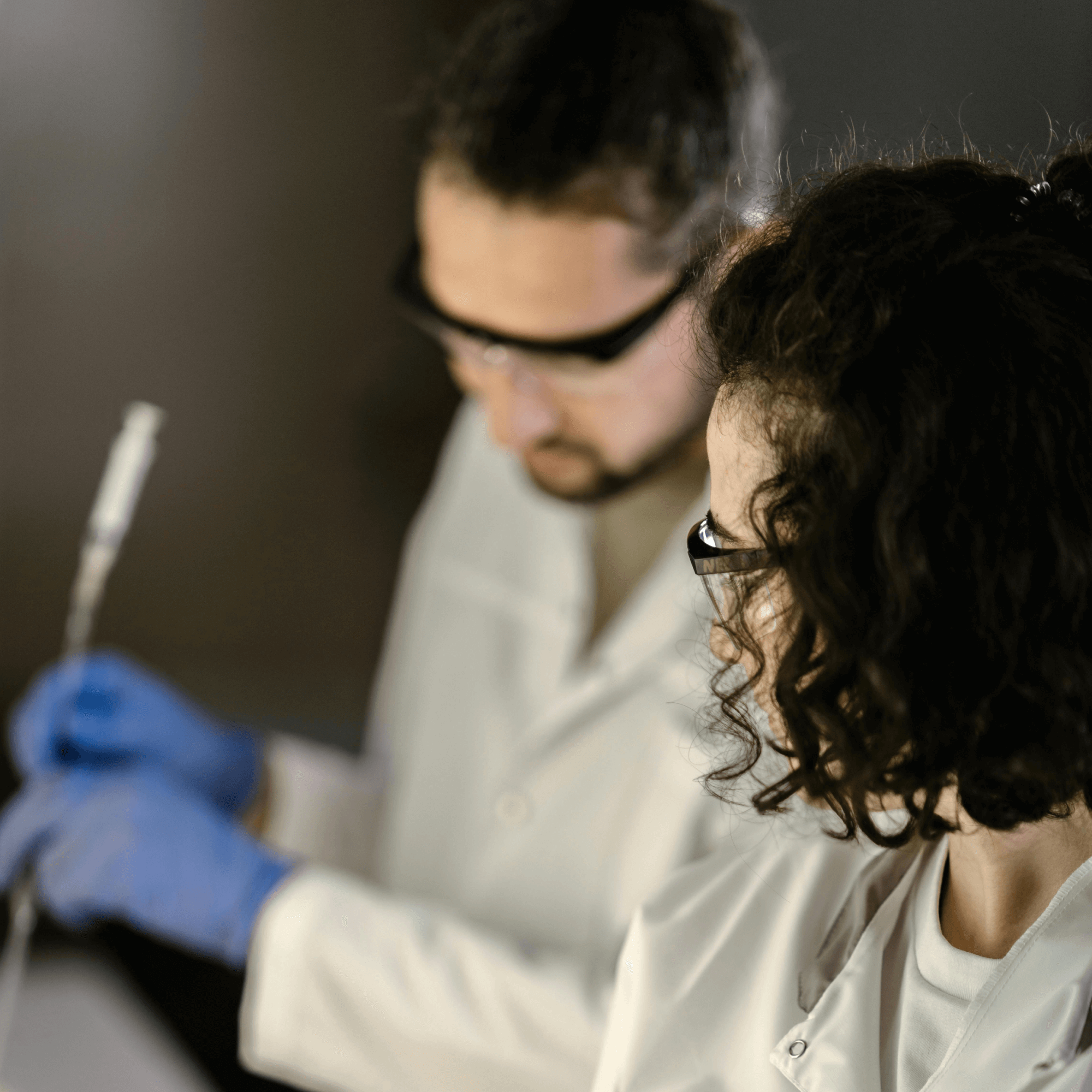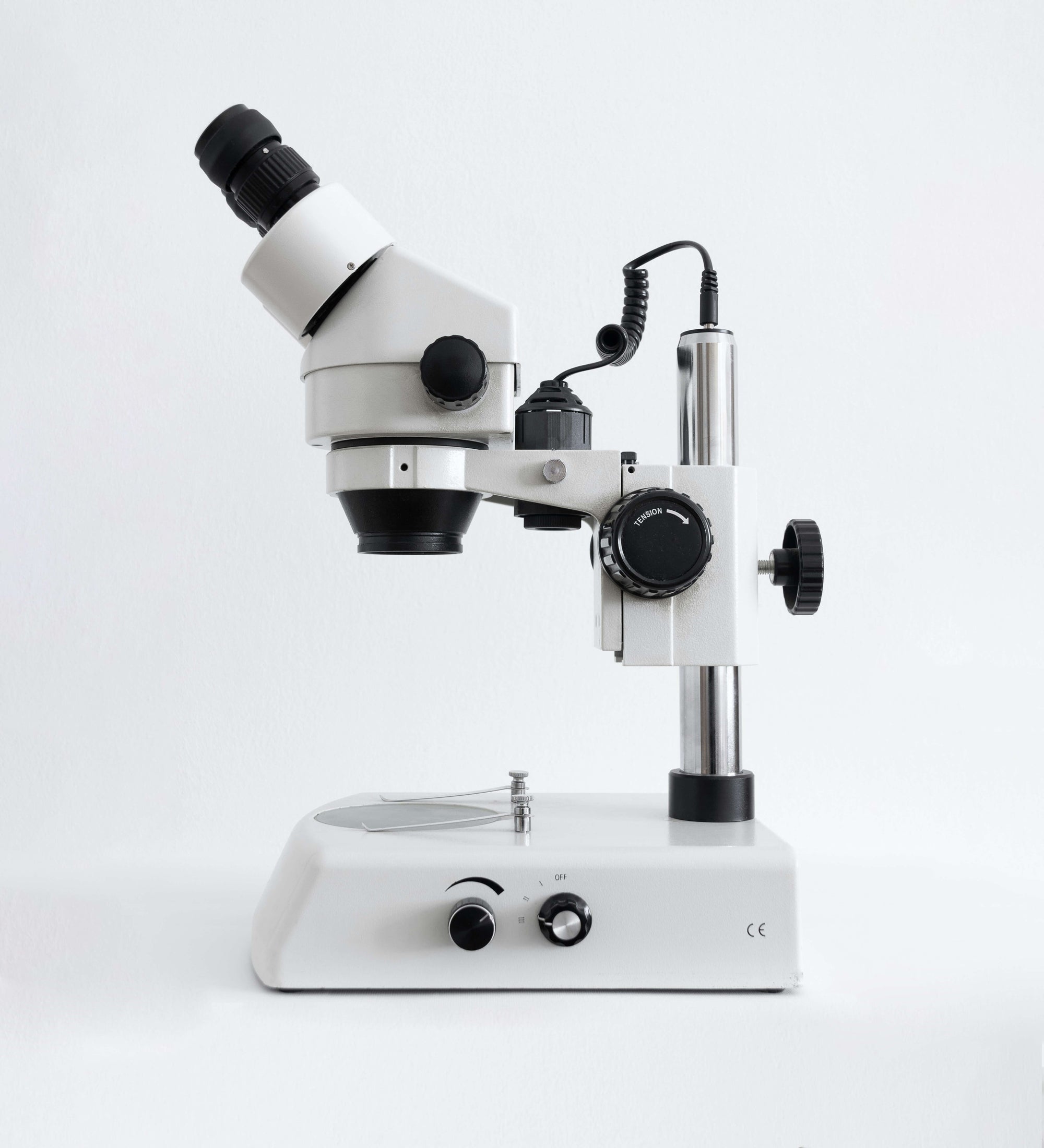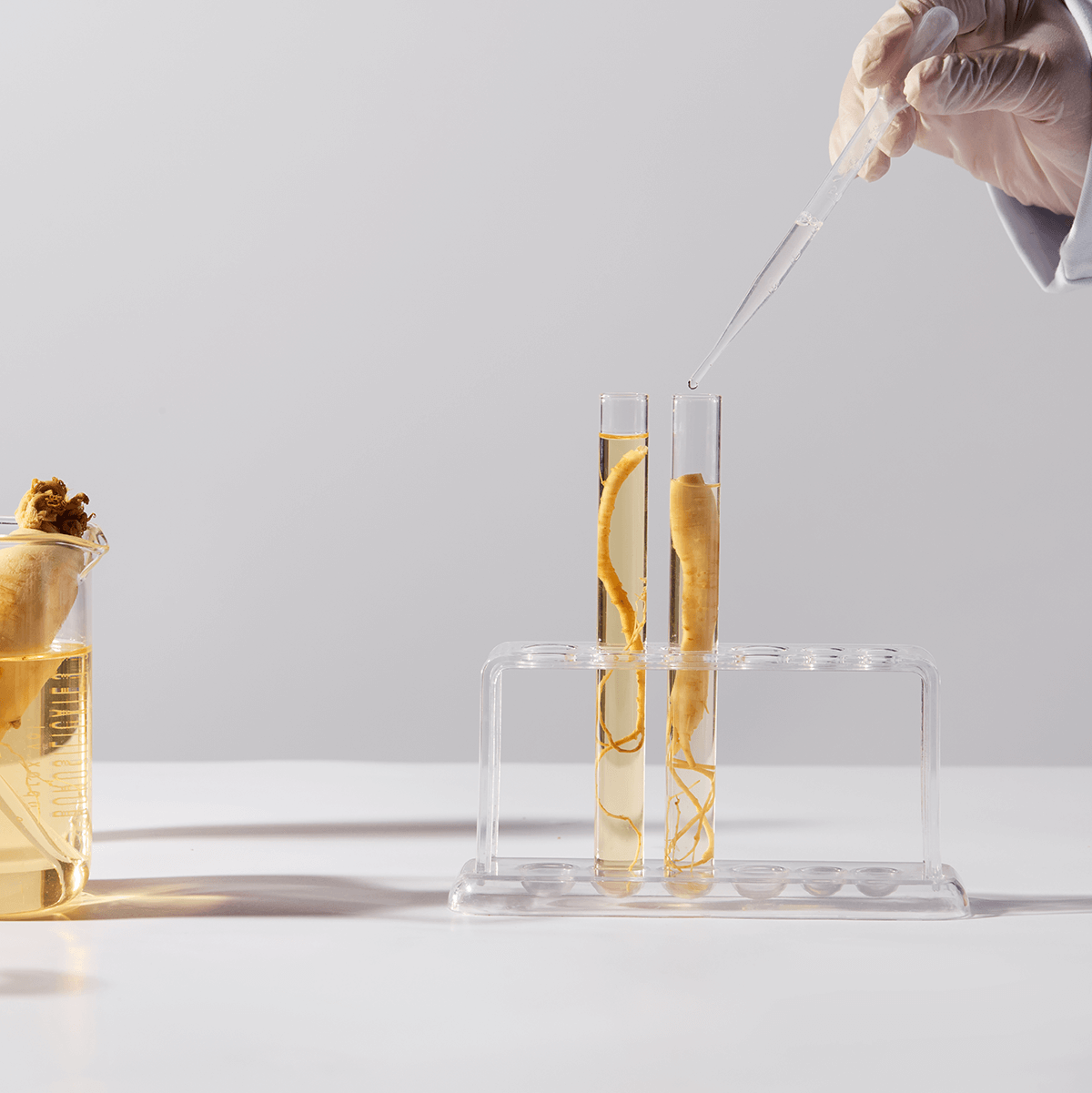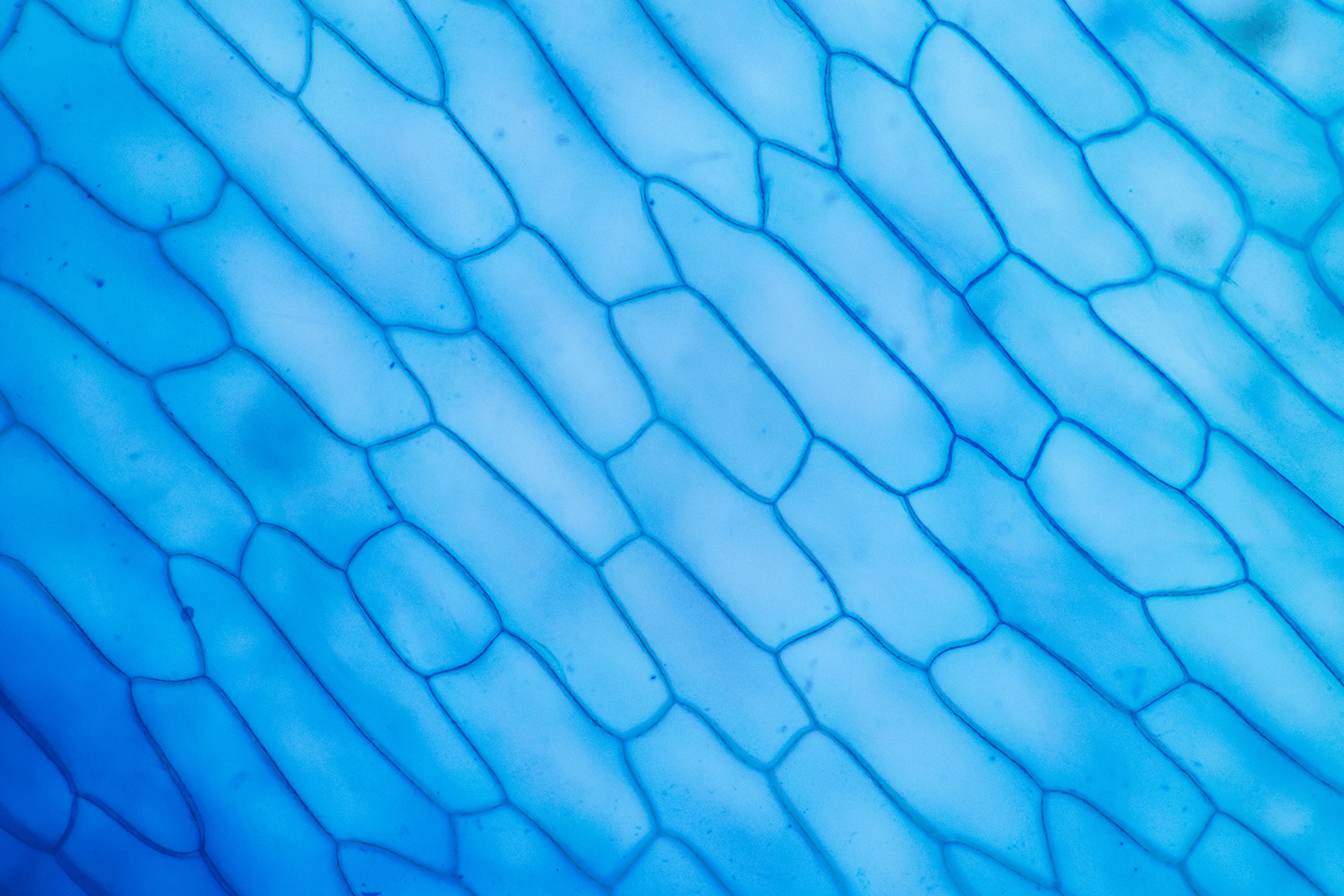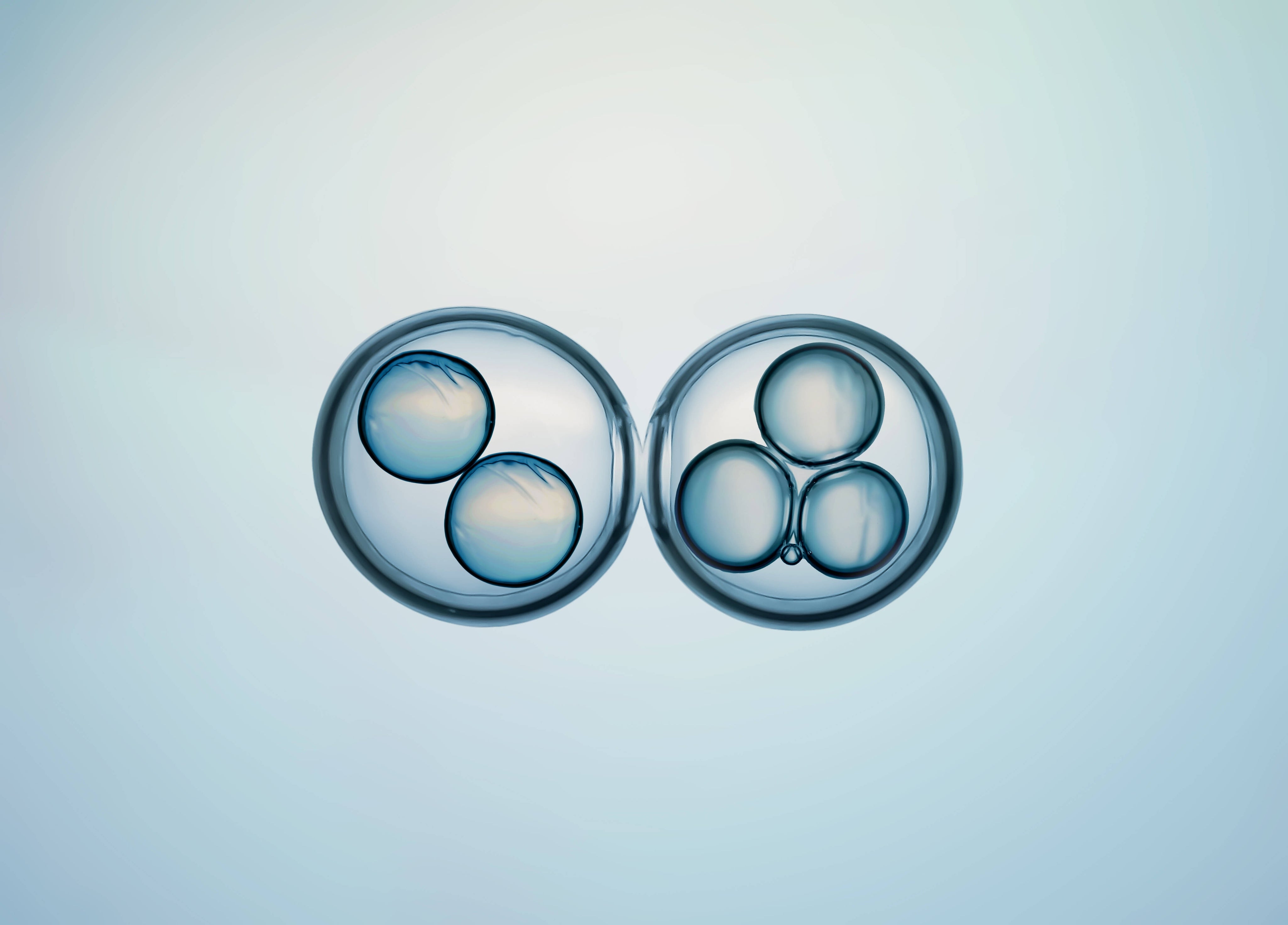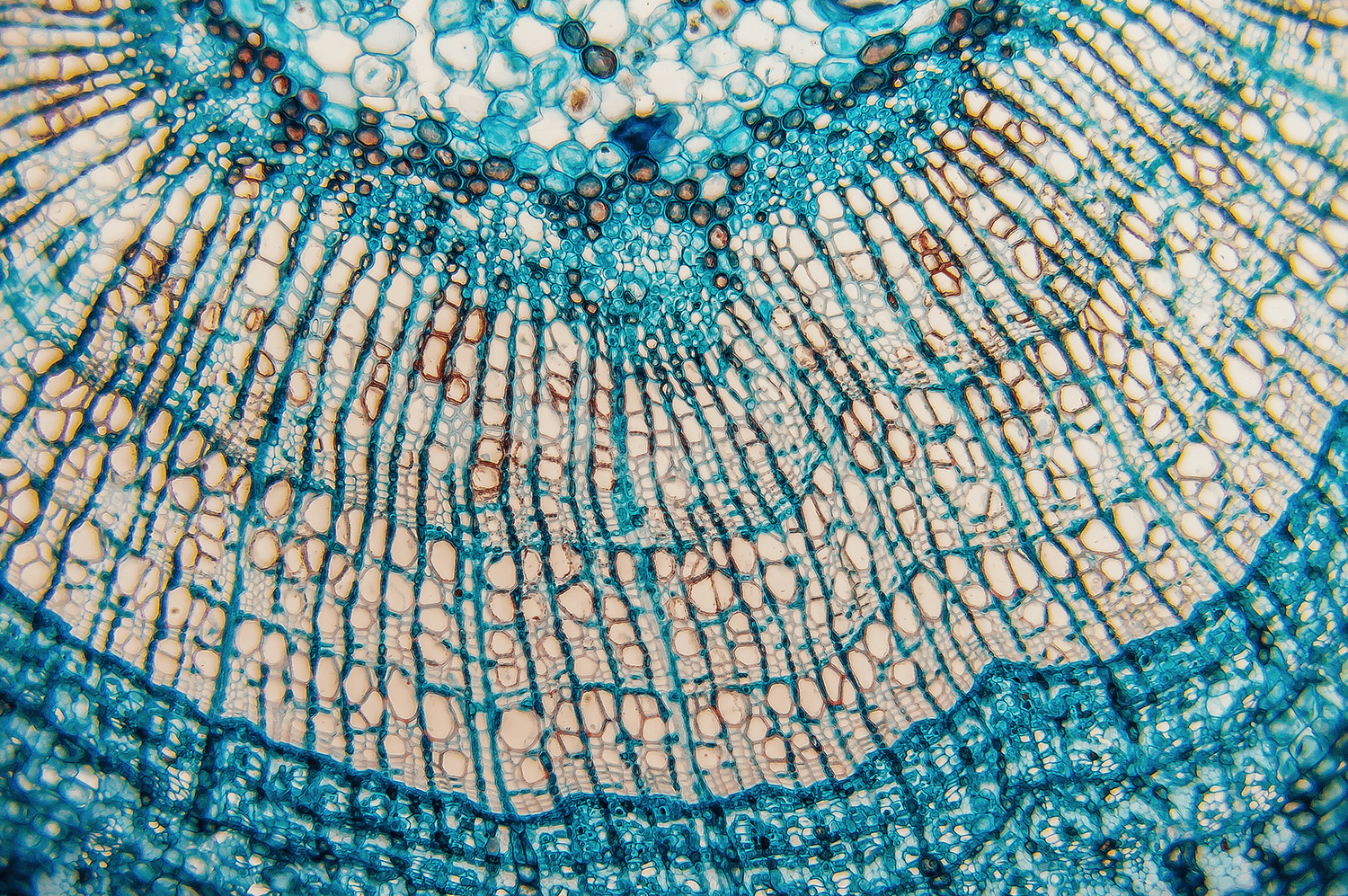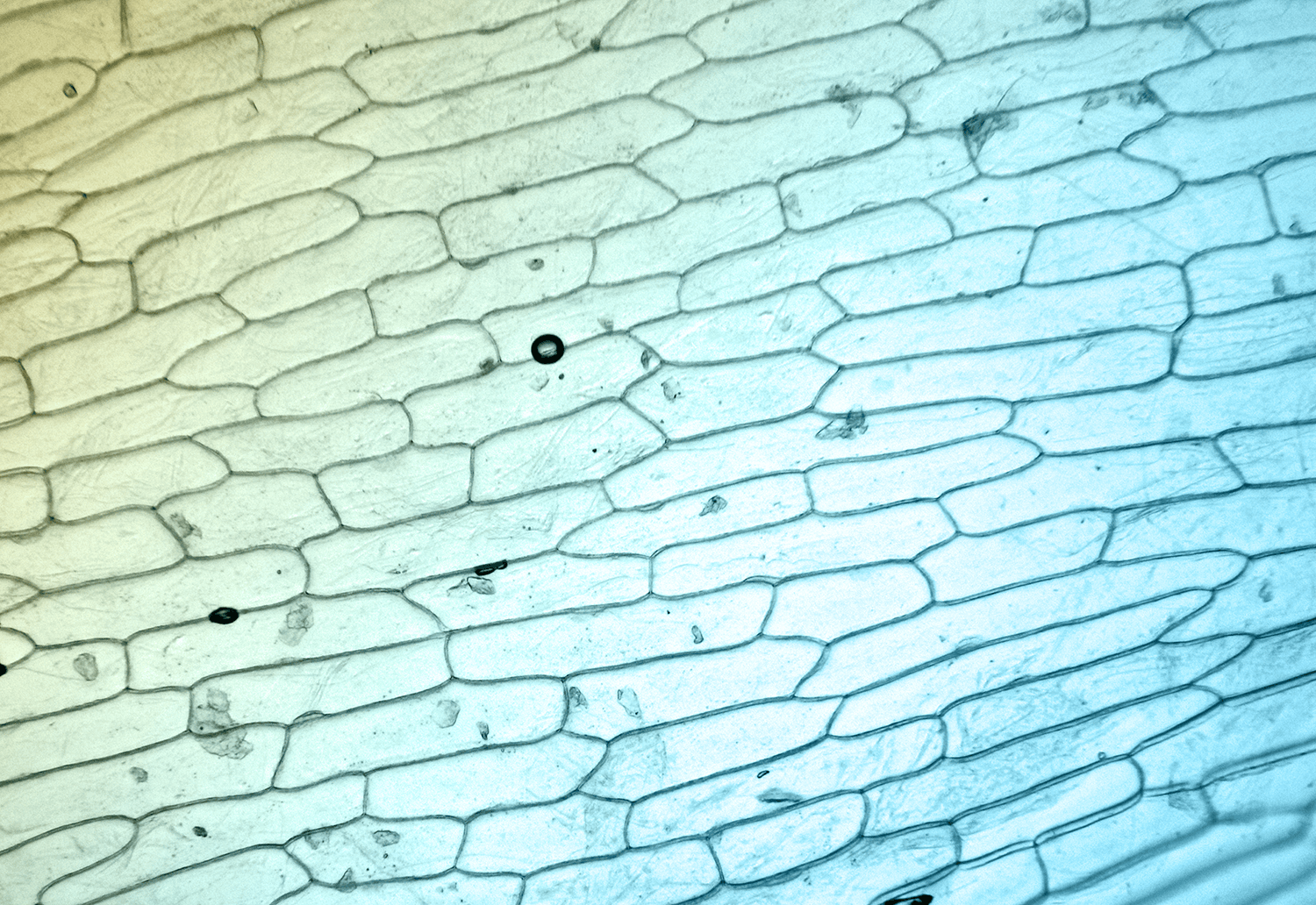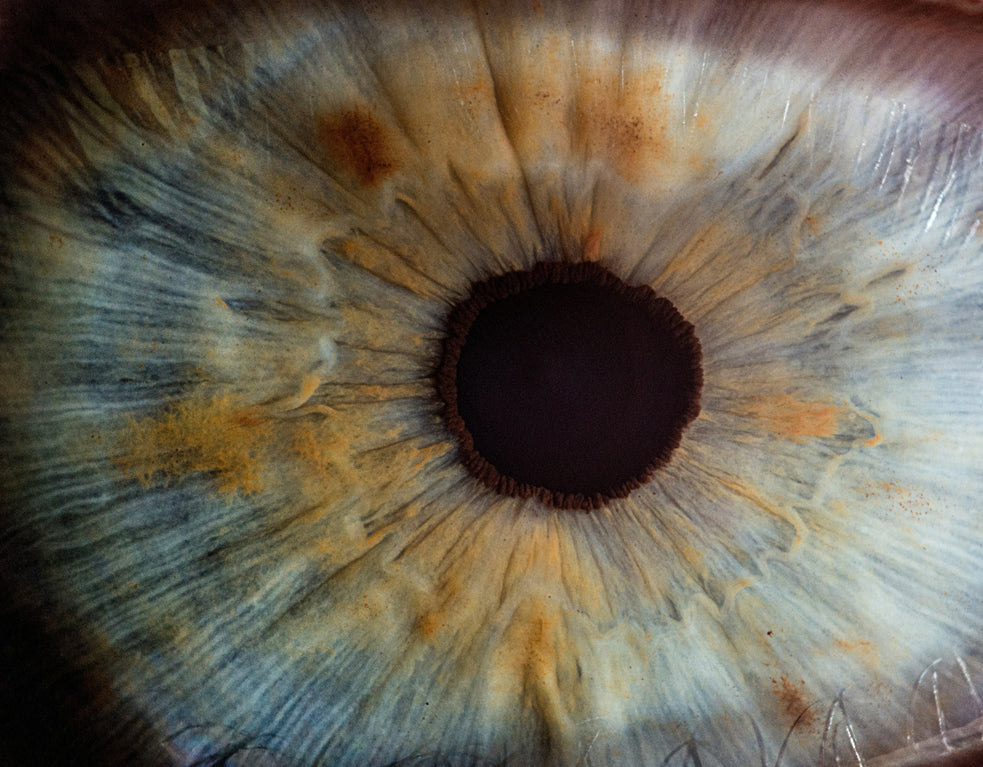Our vision
Inspired by nature – driven by innovation. Your daily companion for a long, vital life.
NEOaging ( néos = young, ancient Greek ) represents a new understanding of aging—not as an inevitable process, but as an opportunity to actively shape your long-term vitality. We are your daily companion, supporting you with scientifically based, highly effective, and easy-to-use routines to stay energetic and productive, slowing down the signs of aging.
Our vision is to offer a scientifically sound, innovative, and practical longevity routine through the visionary fusion of nature and molecular science. Our team of experts combines powerful botanicals with promising active ingredients from the latest longevity research.
We rely on Premium active ingredients with optimized bioavailability, combined in smart formulations for noticeable results. Highest quality, ease of use, and a fair price make our products a reliable foundation for your vitality – today and in the future, tailored to the zeitgeist of a health-conscious generation.

